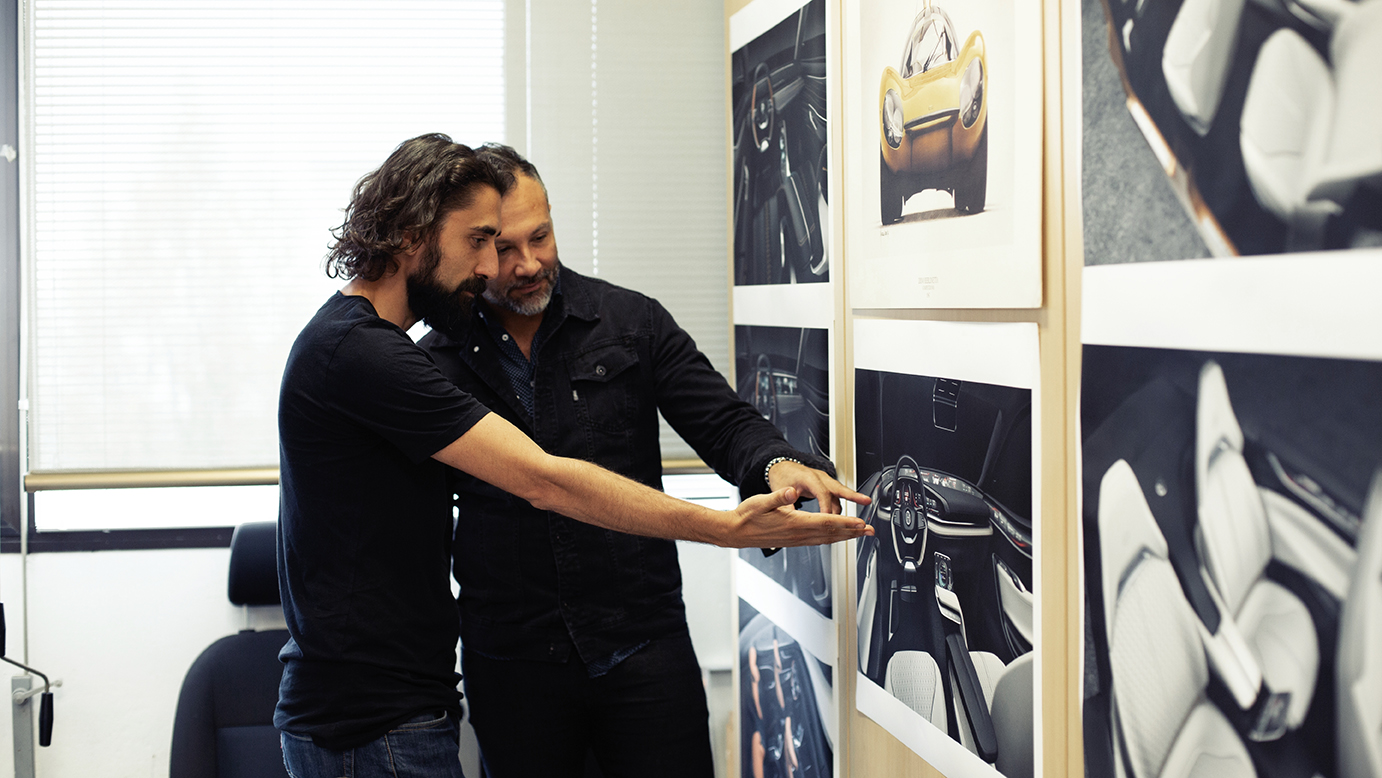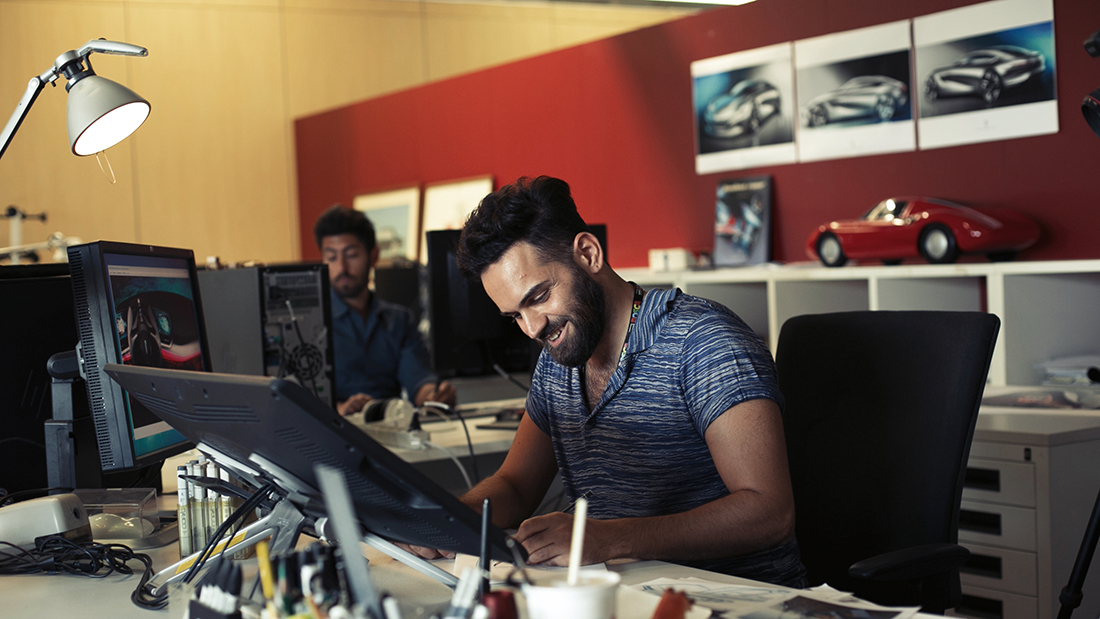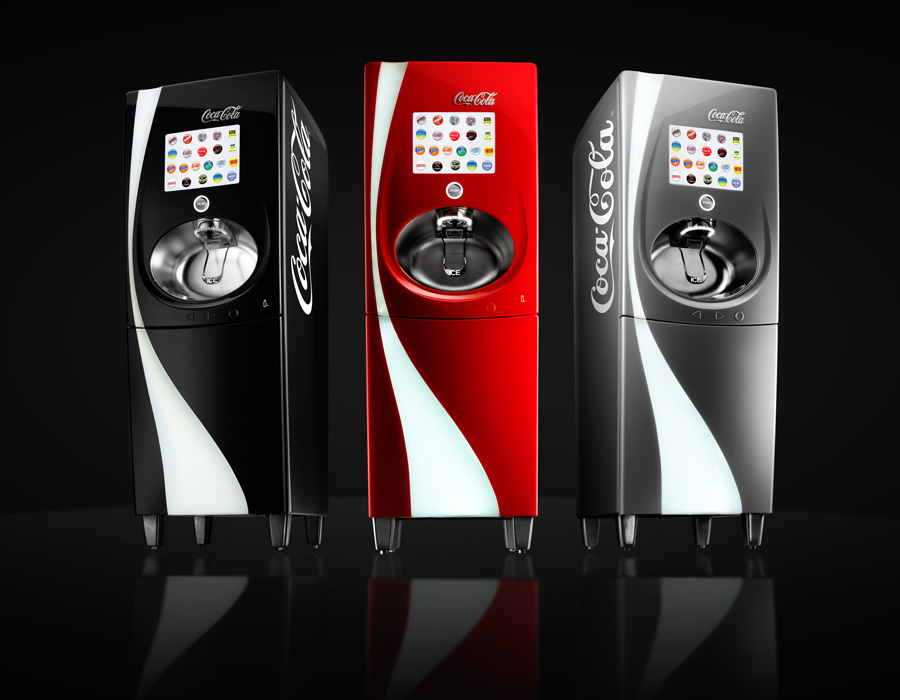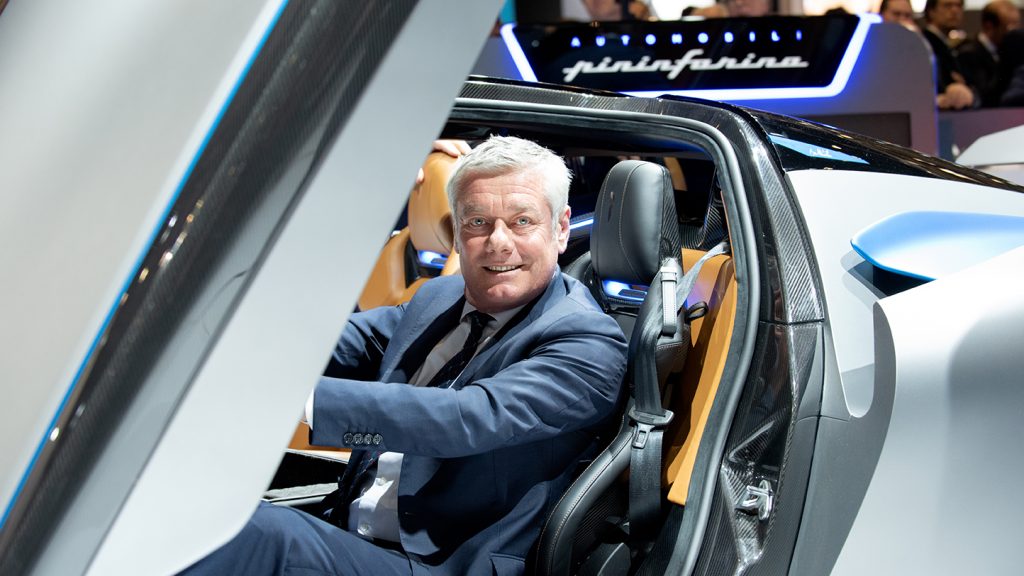The Pininfarina Interview: We chat with the legendary design house’s chairman, Paolo Pininfarina about its history and its future
Among the handful of design consultancies that have truly achieved legendary status, you’d struggle to find one with a reputation for high-end design as dazzling as that achieved by Pininfarina over its 90-year history.
From its roots in coachbuilding, the company’s track record in automotive design is indisputable, but it has also expanded to encompass every aspect of product and industrial design; from consumer products, through marine design and more recently, into the world of architectural design.
The company recently unveiled its most recent project, the Super Speed 65, a 65.5-metre, all-aluminium superyacht, with six cabins to host at least twelve guests, along with seven cabins reserved for the captain and crew members.
We got the chance to speak to Pininfarina’s chairman, Paolo Pininfarina, to talk all things design and how he believes the future looks for his company.

DEVELOP3D (D3D): How does Pininfarina see itself in the 21st century?
Paolo Pininfarina (PP): We are always ready for change. Our history has been built through innovation and therefore we cannot be frightened by the disruptive changes that we see in the world of mobility, design and architecture, too.
D3D: Pininfarina has a track record of incredible design work in the automotive, marine and product design fields. What lessons has the team learned in recent years that influence how it designs products today – compared to, say, 20 years ago?
PP: Twenty years ago, we gradually extended our creativity from cars to the world of industrial design and the market understood it.
More recently, we’ve explored new fields, such as building architecture.
We learned that if we dare to look for a new design language, then we find a world of opportunities is in front of us.
D3D: We’re here to talk about your most recent project in marine design, an activity in which the company has long been involved. How did Pininfarina move into this space from its core of automotive work? What lessons did it have to learn to make that journey?
PP: Marine design for Pininfarina is a long, unfinished journey. I like to think the best has yet to come.
Since the sixties, we developed projects in most of the marine sectors.
The first ones were for end users such as Mr Gianni Agnelli and Prince Aga Khan.
Then we focused on series boats for shipyards such as Magnum Marine, Beneteau, Primatist, Schaefer and, more recently, Wally and Princess Yachts.
We know that we can build successful partnerships with these kind of shipyards.
Fincantieri Ottantacinque in 2015, Rossinavi Aurea in 2017 and Rossinavi Super Sports 65 in 2019 were exercises in the range of superyachts, and we are now learning how to build a three-way partnership with the end user, the shipyard and ourselves. This is our main challenge.


D3D: How does Pininfarina perceive the interaction of form, function and materials? Has that interaction changed in recent years?
PP: Form and function are strictly related, as functionality is one of the main sources of inspiration.
I recently said that design is “an aesthetically pleasant way to resolve functional problems”, and this fact has never changed through the years.
As far as materials we can say that, being engaged in all sectors of design, Pininfarina can easily follow its evolution. Also, one thing is sure for us: marine materials have to be light.

D3D: How does the company sees its role changing (if at all), as we move into a new world of transportation, with electrification now and autonomy on the horizon?
PP: As far as the last generation of electric vehicles, we presented the Blue Car at the end of 2008, more than 10 years ago, much ahead of most of the car industry.
Being a strong innovation, car electrification attracted us immediately and, in the last years, we designed several electric cars for clients worldwide.
Next year, the Battista electric hypercar will be on the road.
As far as autonomous driving, it is certainly on the horizon, but it is not so clear how far the horizon is.
D3D: How does Pininfarina perceive the shift in design when we have cars that drive themselves? Will the interior then start to outweigh the exterior for design focus?
PP: For the moment, cars that drive themselves are prototypes tested on specific roads, and from the design point of view, they are concept cars displayed in motor shows with new, radical interior layouts.
The two things (prototypes and concept cars) will have to converge and final products for the users will have to go through industrial feasibility, safety validation and so on.
Also, these people-movers will be branded by new players such as mobility companies or branded by traditional car manufacturers; so exterior designs will have to be different to express the identity of specific brands.

D3D: What sort of technologies does Pininfarina use on day-to-day projects and what traditional techniques?
PP: To remain a leader in the design world, we need to have all the new technologies available in our offices and we need to update software and hardware all the time; the difference is made by the skills of the people of our teams.
If hand sketching and manual model refinement are considered “traditional” techniques, they are still present in our process.
D3D: Does the legacy of the company, which was built by your own family, weigh heavily on you in terms of your leadership?
PP: Next year, our company will be celebrating its 90th anniversary.
More than a weight, being the Pininfarina chairman is a great responsibility for me.
But I do it gladly, because I feel a lot of passion and affection for my job and for the company.







